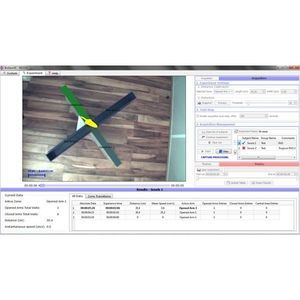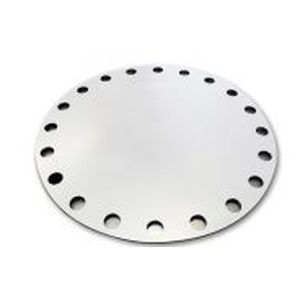- Laboratory >
- Medical research >
- Animal research experiment maze
Animal research experiment mazes
{{product.productLabel}} {{product.model}}
{{#if product.featureValues}}{{product.productPrice.formattedPrice}} {{#if product.productPrice.priceType === "PRICE_RANGE" }} - {{product.productPrice.formattedPriceMax}} {{/if}}
{{#each product.specData:i}}
{{name}}: {{value}}
{{#i!=(product.specData.length-1)}}
{{/end}}
{{/each}}
{{{product.idpText}}}
{{product.productLabel}} {{product.model}}
{{#if product.featureValues}}{{product.productPrice.formattedPrice}} {{#if product.productPrice.priceType === "PRICE_RANGE" }} - {{product.productPrice.formattedPriceMax}} {{/if}}
{{#each product.specData:i}}
{{name}}: {{value}}
{{#i!=(product.specData.length-1)}}
{{/end}}
{{/each}}
{{{product.idpText}}}

... Plus Maze test, featuring unprecedented simplicity to run these very popular protocols. A user-friendly and innovative solution for your research on anxiety, depression and the screening of anxiolytic ...

The MazeEngineers Zebrafish T maze allows for choice experiments. Arms are baited with colors or cues and zebrafish are allowed to make choices in experiments. Enrichment boxes can be ...

... zebrafish plus maze is a “+” shaped maze that contains four end compartments and one central compartment. It is used to analyze associative learning behavior in zebrafish. The maze ...

... rodents to explore a new environment. Matte color for use of tracking software. Possibility of maze in another color (depending on the color of the animals to follow): black, white.

... unobstructed animal tracking Novel, multi-maze by Ugo Basile can be easily combined to construct a range of custom configurations: Y-Maze T-Maze ...
Ugo Basile

... physical stress than other mazes For Spatial Learning and Memory Tasks The Barnes Maze task is similar to the Radial Arm and Morris Water mazes but without dietary restrictions ...
Stoelting Europe

... The amount of time required for the animal to locate the goal box using visuo-spatial cues surrounding the maze periphery is measured by the researcher. Unlike the Radial maze and ...

... Instruments (SDI) designed its maze to be easy to use, clean and transport. With a variety of color options, the maze adjusts to fit a wide range of experiments and is compatiable with ...
San Diego Instruments

The sphere or virtual maze allows the animal to move in a virtual environment that is projected in front of its eyes. The animal has its head fixed on the device, it can only walk on ...
Imetronic

... behavior and exploratory behavior in rodents. The more time the animal spends hugging the walls, the more anxious it usually is. Exploring the center of the arena, and how long it takes the animal ...
Noldus

Description The circular central platform T Maze offered by MazeEngineers is used in experiments to investigate spatial navigation in rodents. The apparatus is a T-shaped acrylic maze ...
MazeEngineers

The Radial Arm Maze Test is used to test spatial, working, and reference learning in rodents. In this test food is kept at the end of all the arms or in few selected arms. The animal should to learn to ...
VJ Instruments
Your suggestions for improvement:
the best suppliers
Subscribe to our newsletter
Receive monthly updates on this section.
Please refer to our Privacy Policy for details on how MedicalExpo processes your personal data.
- Brand list
- Manufacturer account
- Buyer account
- Our services
- Newsletter subscription
- About VirtualExpo Group












Please specify:
Help us improve:
remaining